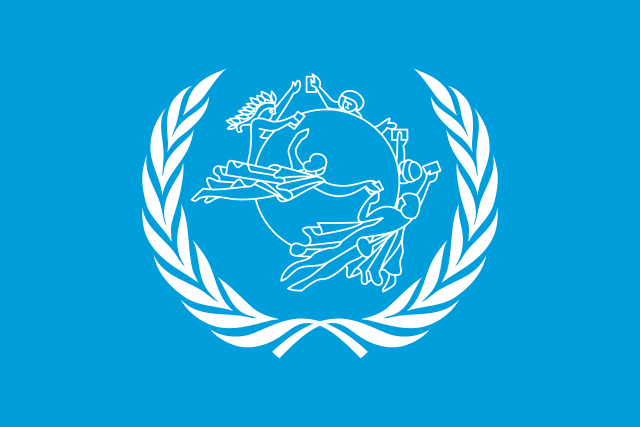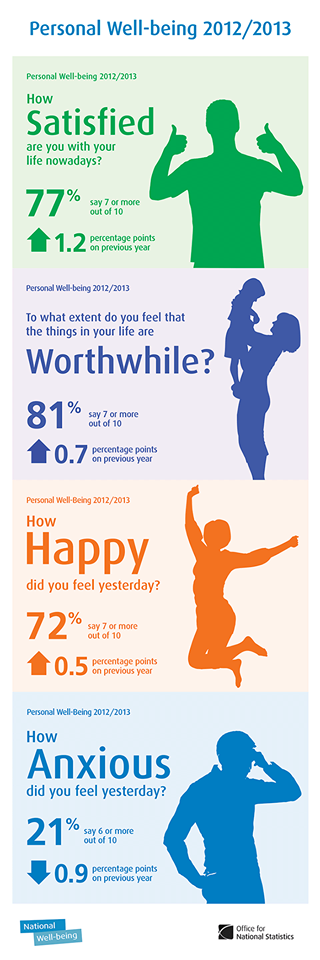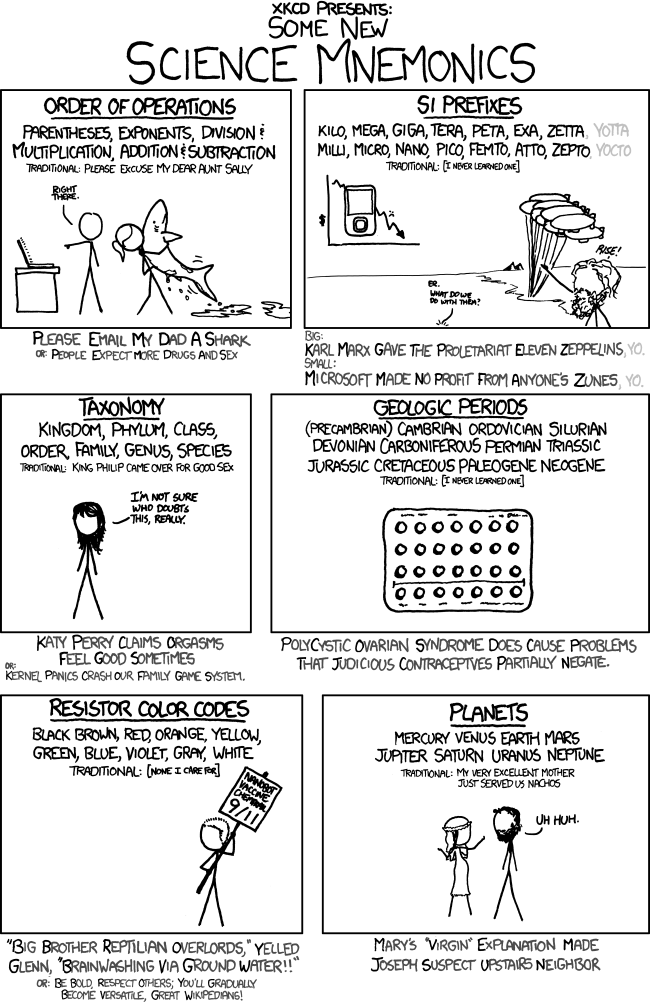title: 'What does a Global Address Framework look like?' author: Anthony Beck - Address Day - 2015-03-05 tags: TRAC bibliography: references.bib csl: harvard.csl abstract: |
Short abstract:
An address is much more than a representation of a property: when included as part of a nation’s infrastructure, an address helps to provide social and legal identity. By providing a fundamental knowledge base to inform decision making and action, addresses help to develop, implement and support other critical national policies such as:
- Governance
- Urban development and management
- Migration and social integration
- Security
- Economy and commerce
- Environmental sustainability, risk and disaster management
Addressing the world: an address for everyone co-ordinated by the Universal Postal Union documents in detail the problems that poor address infrastructure and address interoperability pose. As part of the solution this white paper neatly summarises the state of the art in addressing and advocates approaches to improve addressing aimed at nation states. Key to this is the assumption that an address requires a road network, a street name and a house number. This national address infrastructure can be a significant barrier to implementation and can starkly highlight the division between urban and rural communities.
This paper examines the assumption that credible addresses require an underlying address infrastructure. By removing the need for address infrastucture (and conflation of national address systems) it is possible to define the characteristics of a global address framework. This is encapsulated within the acronym DAIS (Determining Addresses which are Independent of infrastructure using a Spatial algorithm). DAIS is a work in development but aims to represent the key characteristics of any global address framework so that it can have maximal impact.
This document has been written in CommonMark: an unambiguous implementation of Markdown for scholarly writing.
/home/arb/Dropbox/Public/ImageBank/ = https://dl.dropboxusercontent.com/u/393477/ImageBank/ \newpage ...
Unless states otherwise all content is under a CC-BY licence
You can access this presentation on github:
https://github.com/AntArch/20150305_AddressDay.git
- Without an address, it is harder for individuals to register as legal residents.
- They are not citizens and are excluded from:
- public services
- formal institutions.
- This impacts on democracy.
- Key to managing the explosion of rural to urban migration.
- Informal settlements housing the urban poor.
- Poor infrastructure services.
- Formal versus Informal
- Barring individuals and businesses from systems:
- financial
- legal
- government
- ....
- Addresses provide spatial structure.
- This helps to identify, locate and access marginalized areas.
- Addresses, geodemographics and spatial infrastructure support
- sustainability
- resilience
- disaster management
It is almost impossible for individuals to be part of society without a legal identity.
4 billion people are excluded from the rule of law because they do not have a legal identity, and that establishing such an identity often depends on having an official address.
Addresses appear to be a key element in aiding the delivery of policies at national and international levels ....
@_addressing_2012 p. 6
... particularly with regard to:
- governance
- rule of law
- poverty reduction
- disease prevention
- the provision of basic services such as:
- electricity
- sanitation
- water.
@_addressing_2012 p. 6
This century is witnessing a fundamental change in our way of life; for the first time in history, half of the world’s population lives in towns and cities.
Urban areas are growing faster in developing countries, mostly through informal settlements.
The lack of an address, particularly in informal settlements, can also mean the lack of legal identity, equal opportunities for employment and social integration.
@_addressing_2012 p. 6
Addresses are becoming a basic human right.
A global addressing framework will come from one of two directions:
- a set of standards and associated semantics that allows different national addressing systems to interoperate and be aggregated and generalised into a global entity.
- an independent global system which is either:
- communally adopted (i.e. open).
- imposed by a monopoly player with a ubiquitous service for operational efficiency (i.e. Google, Apple, Facebook or Amazon).
A global standards based system does not exist.
A vision is detailed in @_addressing_2012:
describes potential avenues to a global system.
are the basis for a standards driven approach.
What are they like at a global level?
A global addressing framework should meet the needs of the rural, urban, formal and informal communities equally.
Severely protracted when formal/informal issues are encountered.
A global addressing framework needs to be lightweight and cheap so it can be implemented in a timely manner.
A global addressing framework needs to be transparent and reproducible.
Address infrastructure is a relative referencing system that does not implicitly provide an accurate spatial location.
Official and third party geocoding and reverse geocoding services are required to find out the spatial reference of the address.
It is rare to see nations adopting the strategy described in the Danish case study [@_addressing_2012 p. 52]:
Note that the addressing system is first and foremost defined as a spatial reference system, which should enable safe “navigation” in the real world.
A global addressing framework should be based on a spatial reference system.
The situation is best summarised in the Danish case study [@_addressing_2012 p. 54]:
Address data should be available for all users with as few barriers as possible.
If this is not the case, the use of addresses as a common reference will not yield the otherwise significant benefits.
A global addressing framework will be a Core Reference data set and should therefore be open or available with as few barriers as possible.
The Department for Business Innovation and Skills and Jeni Tennison at the Open Data Institute have described the need for Open Addressing in the UK [@bis_open_2014, @tennison_open_2014].
requiring representations to be openly harmonised within the semantic web.
fit for purpose?
Determining Addresses which are Independent of infrastructure using a Spatial algorithm
. .
Requirements for a Global Address Framework
. .
A global addressing framework needs to be transparent and reproducible.
A global addressing framework should be based on a spatial reference system.
A global addressing framework needs to be lightweight and cheap so it can be implemented in a timely manner.
Ubiquitous access across platforms.
No dependency on internet access.
Improving validity and credibility of downstream business processes.
Manila has a population density of 42,857 people per km^2^. What are the spatial requirements for the range of addressing options?
A global addressing framework should meet the needs of the rural, urban, formal and informal communities equally.
the lack of a consistent and transparent legal and policy framework for sharing spatial data continues to be an additional roadblock.
@pomfret_spatial_2010
A global addressing framework should be open or available with as few barriers as possible.
A global addressing framework should meet the needs of the rural, urban, formal and informal communities equally.
Incorporating wifi-triangulation - individual room addressing and navigation.
GIS free multi-scale analysis and reporting during disaster scenarios.
It is still useable within traditional GIS.
Understanding localised connectivity relations.
BCS examples (in alphabetical order):
- GeoHash
- gcpvj1r2vnbp
- Maidenhead Locator System
- IO91wm (it has a very large footprint)
- MapCode
- GBR JD.VJ
- Natural Area Code
- 8KDB PGFD
- Pyxis
- What3Words
- move slam stress
support core reference geographies
Bob Barr has described core reference geographies as geographic data which:
- Are definitive
- Should be collected and maintained once and used many times
- Are Natural monopolies (which addresses are)
- Have variable value in different applications
- Have highly elastic demand
Global addresses are a core reference geography.
These criteria need to change to reflect need.
. .
DAIS is a platform which can be built upon.
- What to do?
- How to collaborate effectively?
- How to build a community and consensus?
- Fit for what purposes?
- How to achieve credibility?
Any help greatfully appreciated.
You can access this presentation on github:
https://github.com/AntArch/20150305_AddressDay.git
Cited:





































